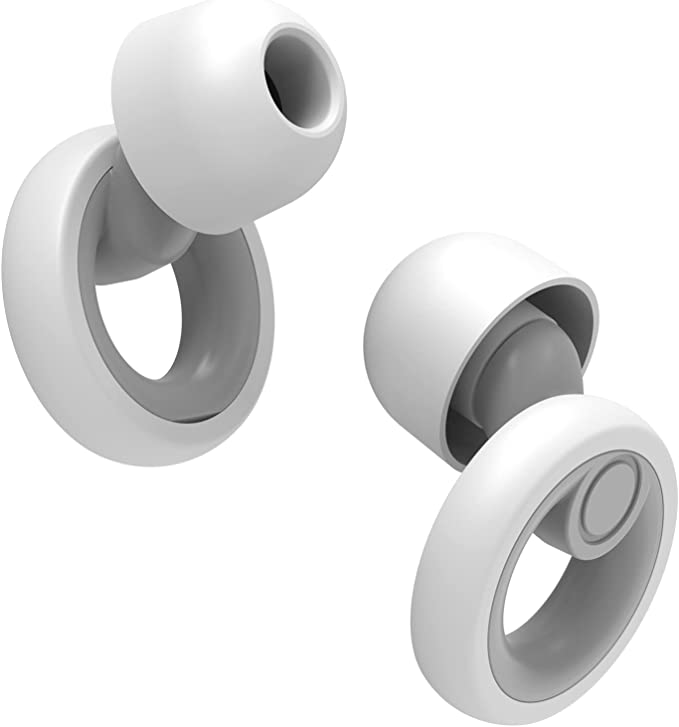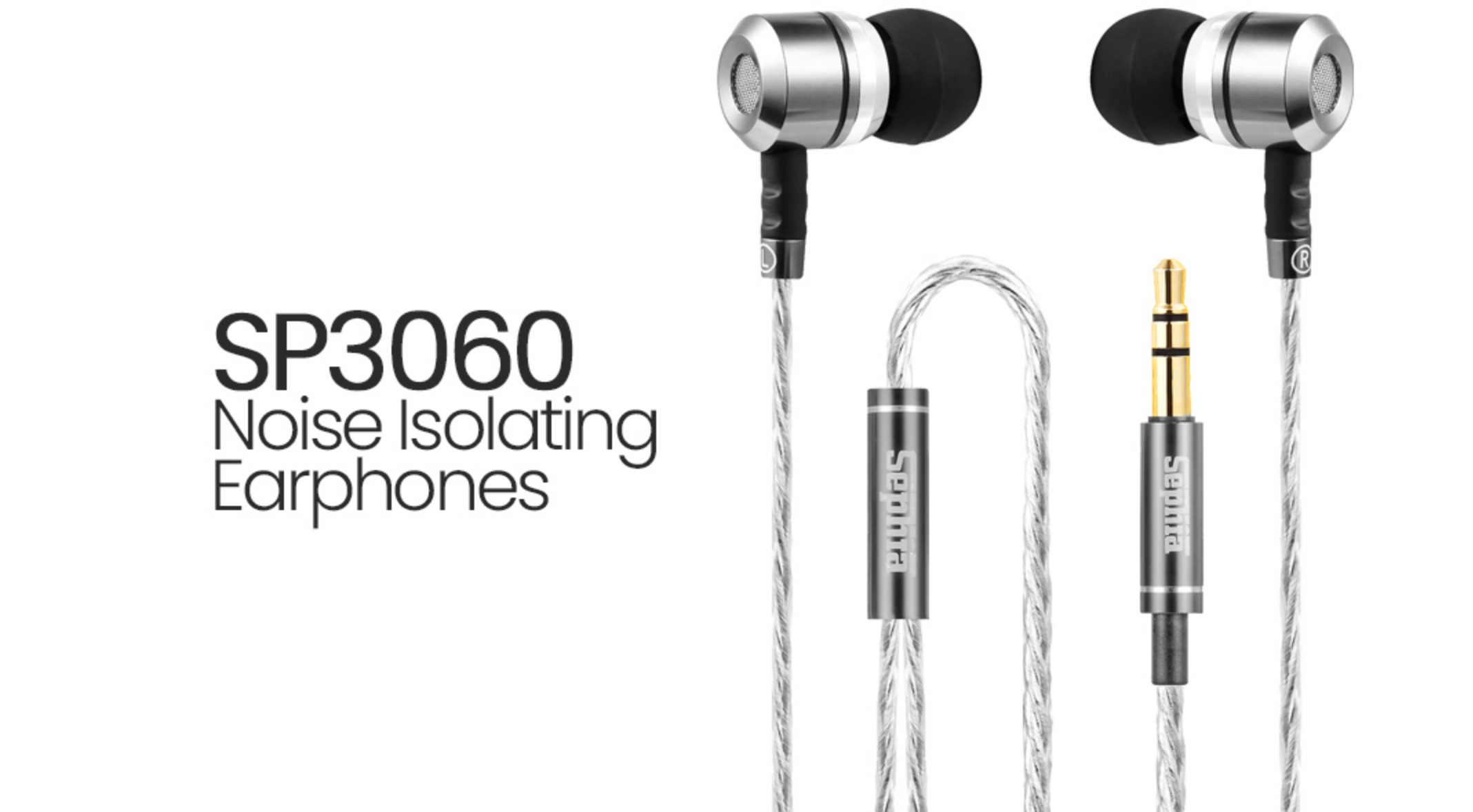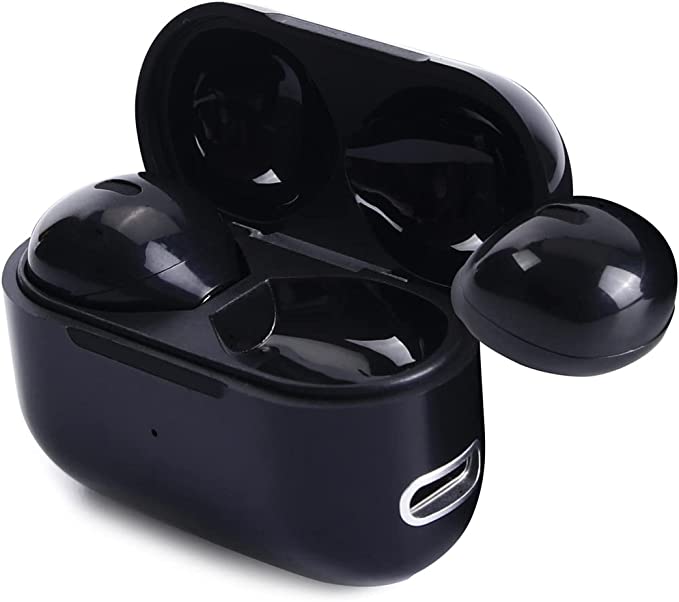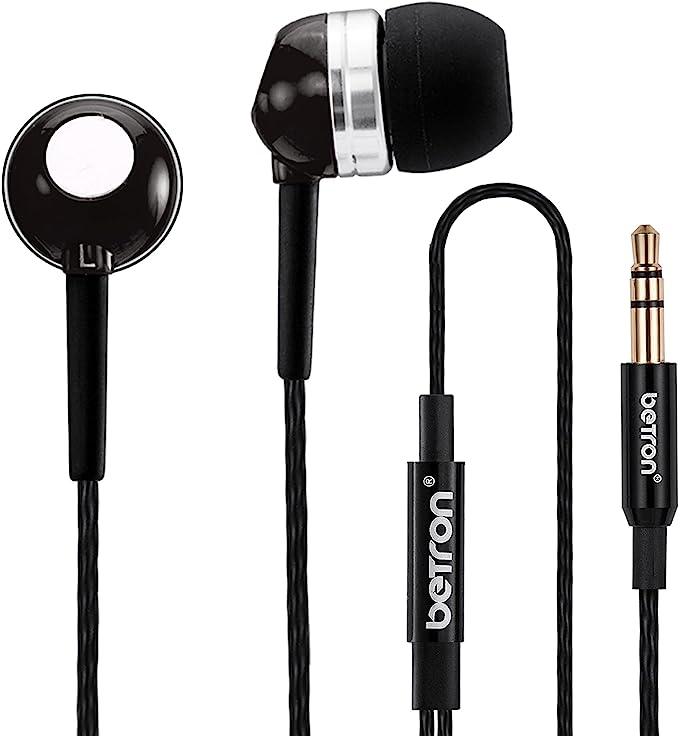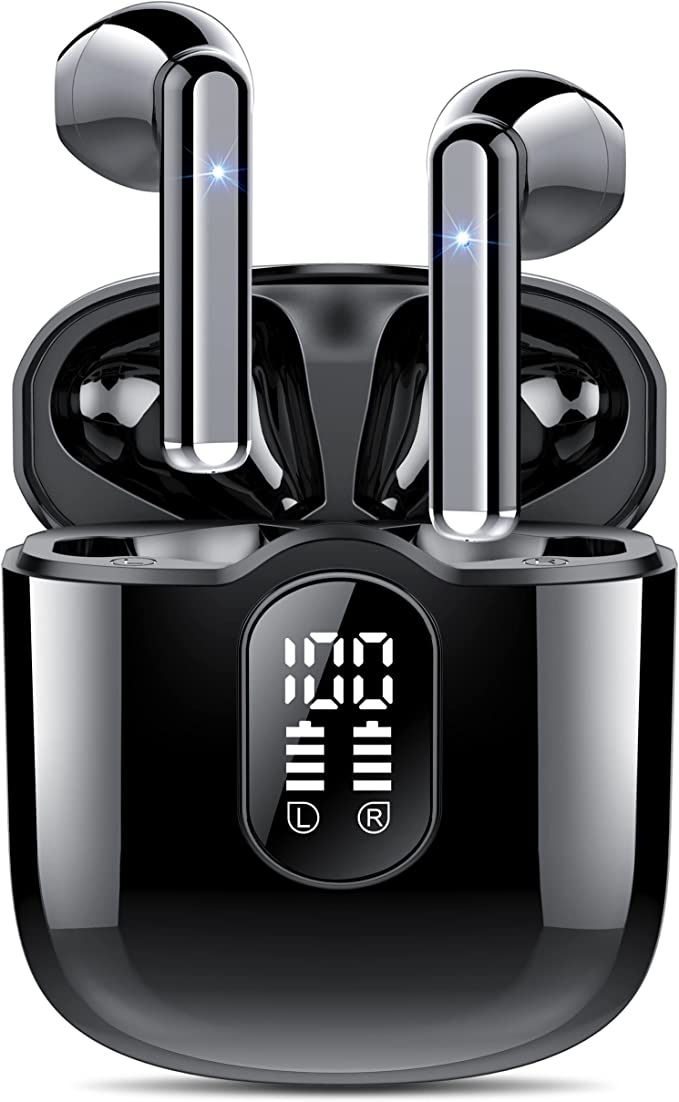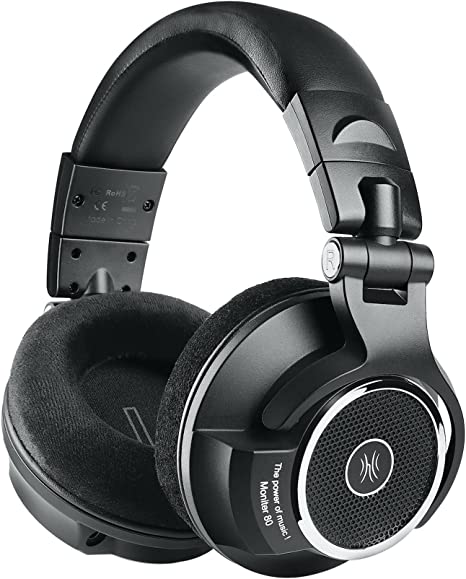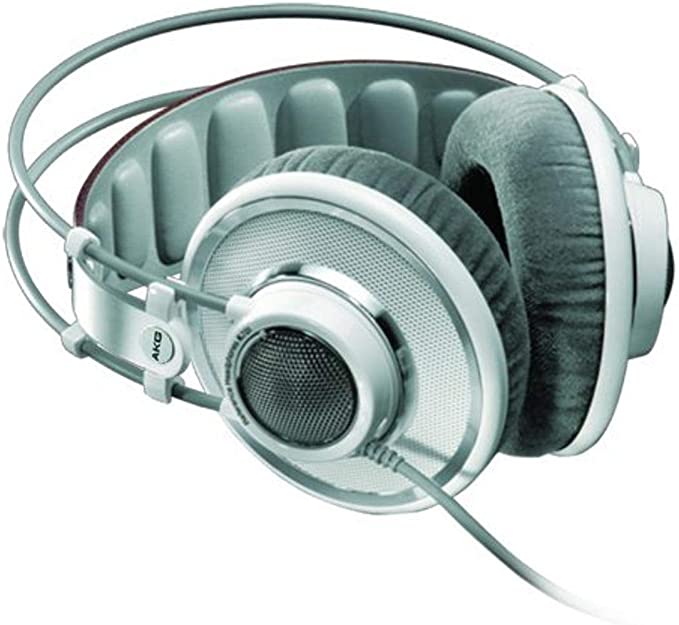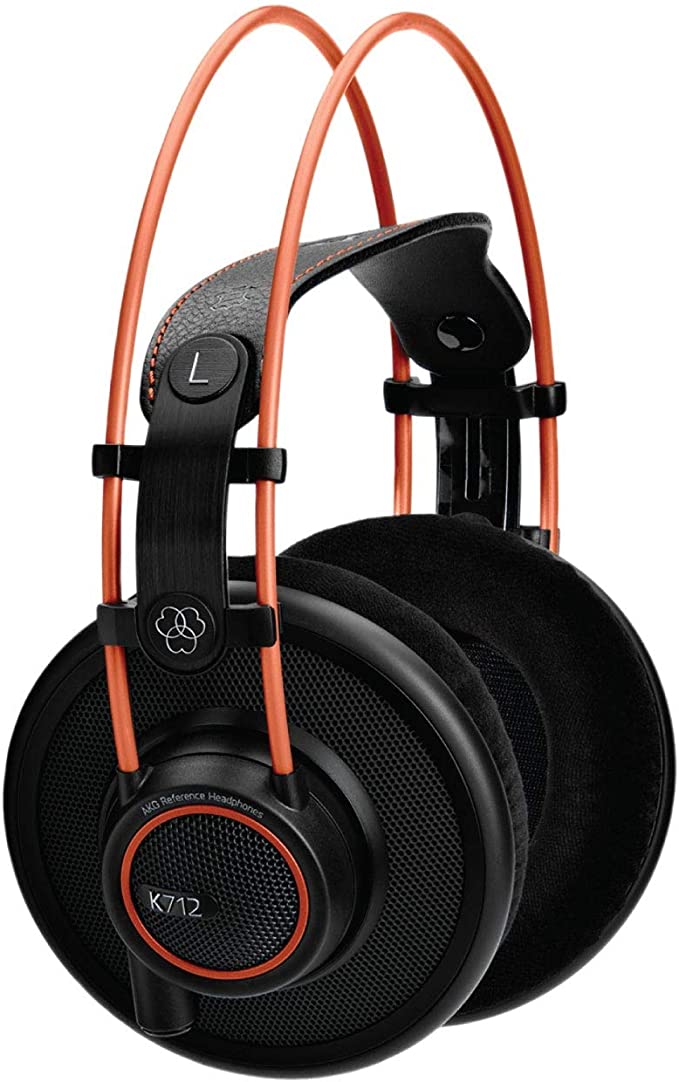Sennheiser HD 599 Open Back Headphone: Comfortable Open-Back Headphones with Audiophile Sound
Update on June 29, 2025, 3:10 a.m.
Have you ever felt trapped by your headphones? That sensation of music being injected directly into your brain, a private concert held in a space no bigger than your own skull. It’s powerful, intimate, but often, it feels… sealed. Claustrophobic. For decades, this was the accepted compromise of personal audio.
Then, in 1968, a wall came down. German audio specialist Sennheiser released a peculiar-looking pair of headphones with bright yellow foam pads: the HD 414. They were feather-light, and more importantly, they were open to the world. They leaked sound unapologetically. To the audio establishment, it was heresy. To listeners, it was a revelation. It was the birth of the open-back headphone, and it wasn’t just a new product; it was a new philosophy of listening.
That revolutionary DNA, refined by over fifty years of acoustic engineering, is precisely what animates the elegant, ivory-colored Sennheiser HD 599. To understand this headphone is to understand a legacy of breaking down walls and letting sound breathe.

The Physics of Freedom: Crafting a Room Where There Is None
The first thing you notice about the HD 599, besides its classic color scheme, is the metal grille on the outside of each earcup. These are not just for show; they are windows. They are the physical manifestation of the open-back philosophy.
So, why does this design create what users describe as a “spacious” or “open” sound? The secret lies in the fascinating field of psychoacoustics—the study of how our brain interprets sound. Your brain is a master architect of three-dimensional space. It uses tiny differences in the timing and volume of sound reaching each ear, along with the complex reflections off your head and outer ears (the pinna), to build a mental map of your surroundings. This is your personal Head-Related Transfer Function (HRTF), your unique sonic fingerprint.
Traditional closed-back headphones build a wall. They isolate you, but in doing so, they prevent sound from interacting naturally with your outer ear. All the spatial cues are flattened, creating that “in-your-head” experience, like listening to a band inside a small, soundproof closet.
The HD 599, by contrast, opens the window. The grilles allow sound to escape and re-enter, interacting with your pinna in a way that mimics listening to speakers in a room. This provides your brain with the rich spatial data it needs to construct a wide, realistic soundstage. Suddenly, the guitarist isn’t in the center of your skull; they’re slightly to your left. The backing vocals feel like they’re a few feet behind the lead. Sennheiser refines this further with its “Ergonomic Acoustic Refinement” (E.A.R.) design, which simply means the internal drivers are angled. This directs sound into your ear canal more naturally, further enhancing the illusion of space. It’s not trickery; it’s engineering that respects the way you were built to hear.

The Engine of Clarity: Why Less Can Be So Much More
If the open design is the architecture of the concert hall, the transducer is the orchestra itself. This tiny engine, which converts electrical signals into sound waves, is where clarity is born or lost. The HD 599 employs transducers with aluminum voice coils, a choice rooted in fundamental material science.
Imagine two athletes: a world-class sprinter and a champion weightlifter. To vibrate thousands of times a second with precision, a transducer needs to be the sprinter—incredibly light, but also incredibly stiff.
* Lightness for Efficiency: Aluminum is significantly lighter than the more common copper. This means it requires less energy to start and stop moving. The audible result is “high efficiency.” It’s why the HD 599 can be driven beautifully by a smartphone or laptop, without necessarily needing a powerful, dedicated amplifier.
* Stiffness for Accuracy: When the music demands a sharp snare hit or a delicate cymbal crash, the coil must move and stop instantly without deforming. Aluminum’s rigidity ensures this precision, leading to “extremely low distortion.” The sound is clean and articulate, free from the muddiness or boominess that plagues lesser designs. It’s a performance that feels, above all, effortless.

The Art of Disappearance: The Science of Forgetting You’re Wearing Headphones
The greatest piece of audio equipment is the one you forget is there. Achieving this state of “disappearance” is a complex balancing act of physics and ergonomics. At 250 grams, the HD 599 is remarkably light for a full-sized headphone, but weight is only part of the equation.
The real art lies in pressure management. The large, luxurious velour ear pads are a key component. Unlike synthetic leather, which traps heat and moisture, velour is a woven fabric. It breathes. This simple choice dramatically reduces thermal discomfort and “ear sweat” during long listening or gaming sessions. These pads are designed to sit around the ear, not on it, distributing the gentle clamping force over a wide area of your skull.
However, the system isn’t infallible. As discerning user Frank Turner noted in his review, the headband’s padding can create a “hot spot on top of the head” for some users. This is a perfect illustration of the engineering trade-off: a looser side clamp (for less pressure on the jaw) can mean more of the headphone’s weight is borne by the top of the head. It highlights that comfort is a deeply personal and systemic challenge, not just a matter of slapping on more foam.

The Invitation
The Sennheiser HD 599 is not the most technically advanced headphone on the market. It doesn’t have active noise cancellation or Bluetooth. But to focus on what it lacks is to miss its profound purpose.

It is a direct, modern descendant of a 1968 ideal: that personal listening shouldn’t be an act of isolation, but an act of opening up. Every element—from the open grilles that let the sound breathe, to the efficient aluminum engine that sings with clarity, to the soft velour pads that strive for comfort—serves this single philosophy. It’s an invitation. An invitation to unseal the chamber, to open the window to your music, and to rediscover the space, the detail, and the effortless life within the songs you thought you knew so well.

